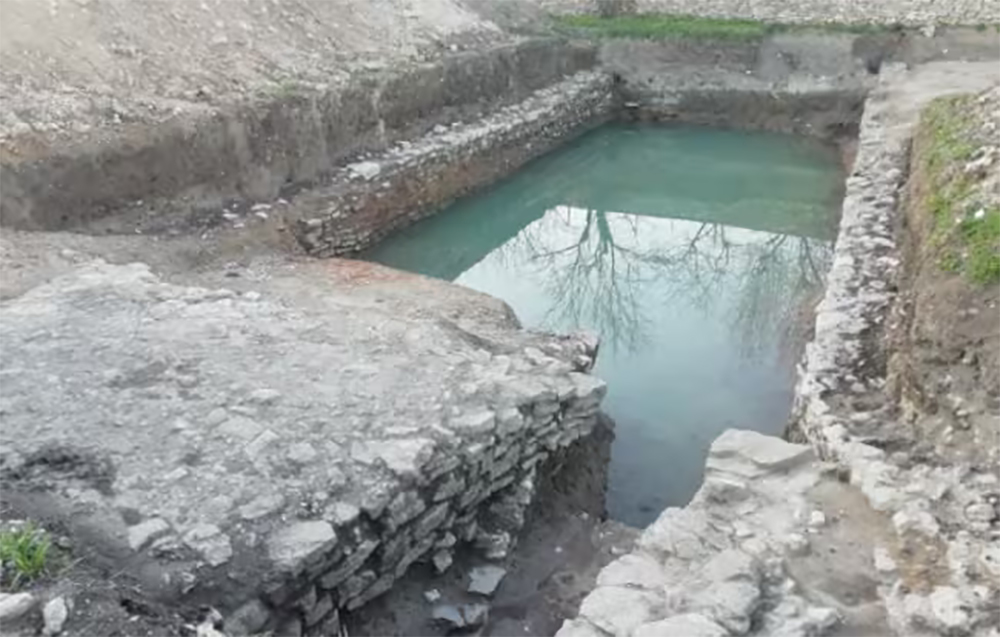
- In the thermal zone of the Romans of Arkaia, a large hydraulic infrastructure linked to the Río Santo Tomás has been located, and an underground building of 3,000 square meters, with remains that could belong to a farm of that time.

After knowing last week the existence of a Roman circus at the site of Iruña–Veleia, the Provincial Council of Álava reported a new archaeological finding, according to EiTB. In the Roman city of Arkaia, in the so-called Suestatium, a well of water twenty meters long, eight meters wide and two meters deep has been found.
It is a unique infrastructure, since it is believed that it was built to channel and take advantage of the St. Thomas River during the flooding, indicating how far Roman engineering was going. In this way, it would serve not only to supply the city with water, but also to take advantage of the thermal baths of the city.
The archaeology of the company Iterbide, Miguel Loza, has detailed in more detail the Basque public television: "The St. Thomas River, especially in winter and spring, leaves its riverbed and therefore made a great channel to bring water to this organized city."

The Arkaia site has also been the subject of more findings. As in the Iruña Veleia site, with aerial images of drones and special techniques, they have inspected the surrounding subsoil of the city and believe that there could be remnants of a building of about 3,000 square meters. Sources have pointed out to EiTB that it may be a school, an apple or a "stop" from the road between Astorga and Bordeaux.
People lived in the city of Suestatium from the 1st century to. C. until the 3rd century d. C. and it is known at least the existence of new houses of bathroom or baths since the 18th century. However, the city is barely excavated, although it has more than 20 hectares, only 1% or 2%.